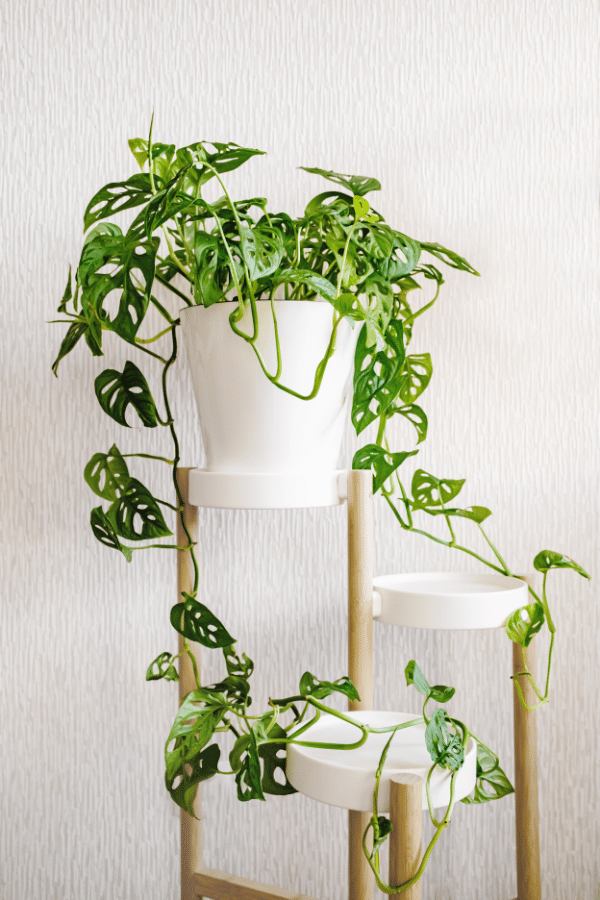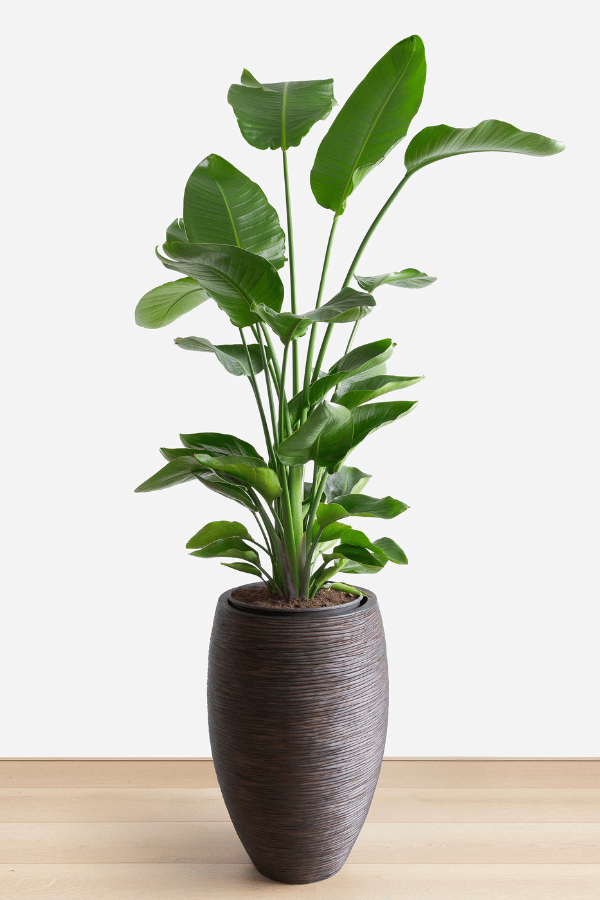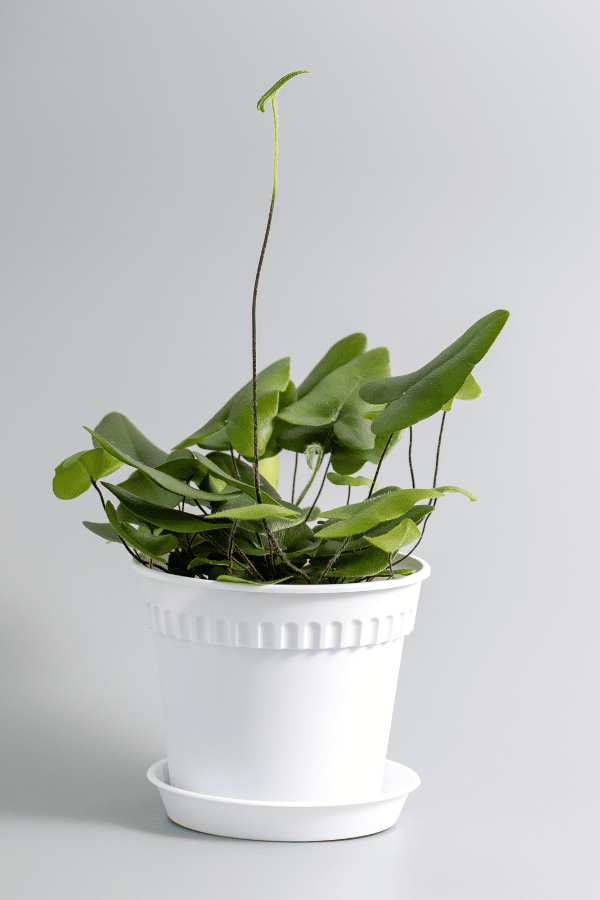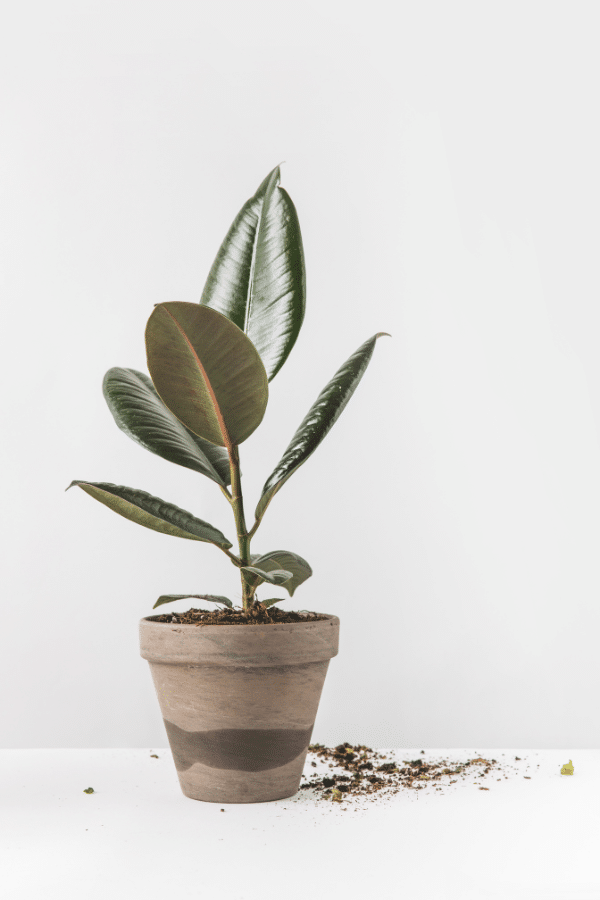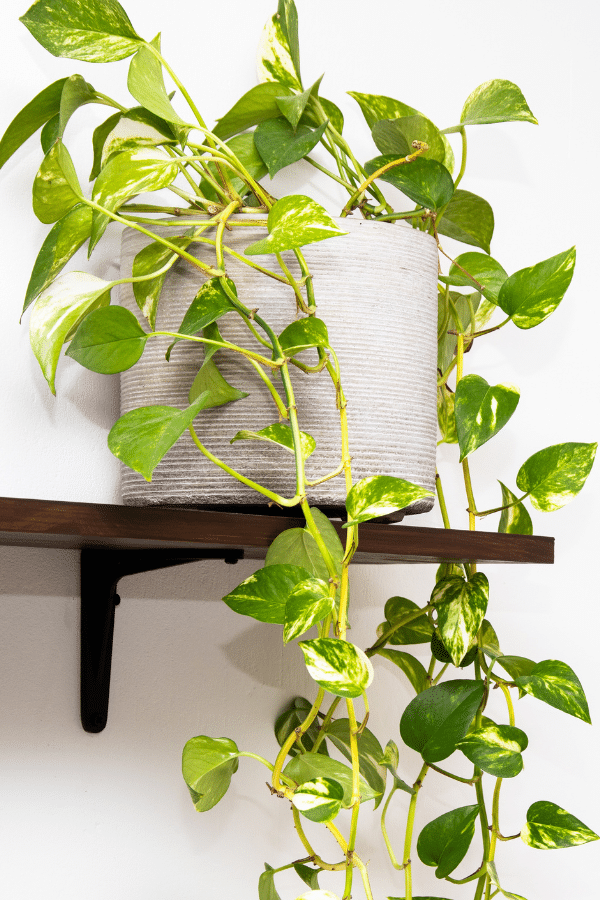Hoya Krohniana
Scientific Name: Hoya Krohniana
Hoya Krohniana care is an easy Hoya to grow and care for. If you are looking for a trailing houseplant with beautiful foliage or want to add another Hoya to your collection, a Hoya Krohniana plant may be for you.
To give this Hoya plant the best care, it requires well-draining soil, water the plant when the top two inches of the soil is dry, provide it with bright indirect sunlight, temperatures ranging from 50-78F, and high humidity levels.
Quick Care Overview
| Common Name | Hoya Krohniana |
| Scientific Name | Hoya Krohniana |
| Family | Apocynaceae |
| Origin | Philippines |
| Growth Rate | Medium |
| Identification | Waxy foliage with minimal silver specks |
| Height | Up to 4 feet in length |
| Soil | Well-draining soil |
| Water | Water when the top two inches of the soil is dry |
| Temperature | 50-78F |
| Sunlight | Bright indirect sunlight |
| Toxic to Cats & Dogs | No |
| Toxic to Humans | No |
| Pests | Mealybugs, aphids, spider mites |
| Diseases | Root rot |
Below we will dive deep into this Hoya Krohniana care guide.

Hoya Krohniana History
Philippines native, Hoya Krohniana is a rare plant that presents with green, waxy foliage and long slender vining stems. This hardy, easy-to-care-for plant is perfect for beginners and is a favorite amongst Hoya collectors.
Hoya Krohniana Identification
Hoya Krohniana has heart-shaped waxy foliage with upright umbels of fuzzy white blooms with star-shaped highly fragranced centers.
Hoya Krohniana Moonlight Growth Facts
This plant looks wonderful when grown in hanging baskets so that you may easily witness its cascading blooms.
How Big Does a Hoya Krohniana Get?
Stems of this Hoya may grow up to 4 feet in length.
Hoya Krohniana Care
Hoya Krohniana is easy to care for and will reward you with gorgeous blooms so long as you provide it with plenty of bright indirect light, warmth, and moisture.
Hoya Krohniana Soil
Hoya Krohniana will like to be grown in airy, well-draining soil. You may create a perfect mix by combining peat or coco coir, perlite, and orchid bark.
Hoya Krohniana Fertilizer
As Hoya Krohniana is a light feeder, it does not require a ton of fertilizer. However, feeding from a liquid fertilizer high in phosphorus indicated for houseplants will help your Hoya bloom. Feed your plant once monthly from spring to summer, ensuring that you follow all label instructions. Do not feed in winter during dormancy.
Hoya Krohniana Watering
Like many other Hoya’s, Hoya Krohniana will like to remain consistently moist but not oversaturated with water. You should water your Hoya after the top 1-2″ of soil has dried. Depending on growing conditions, you will likely need to water your plant up to twice a week during the warm summer months. Watering frequency may be reduced in winter.
Hoya Krohniana Light Requirements
Hoya Krohniana will do best if kept in bright indirect light, with a minimum of five hours of exposure. Light from an eastern or western-facing window will be perfect for this plant. Just ensure that you do not expose this plant to too much direct sunlight as this might cause foliage scorching.
Hoya Krohniana Temperature & Humidity
Hoya Krohniana likes to be kept in warm and humid environments, between 50-78 degrees Fahrenheit. Keep in mind that this Hoya is sensitive to temperature fluctuations and should not be exposed to high heat or cold. Additionally, this Hoya requires above-average humidity to thrive, between 60-80%. Therefore, you may aid your plant’s growth by misting the plant frequently and using a humidifier or pebble tray.
Repotting Hoya Krohniana
You should repot your Hoya every two years to prevent it from becoming root-bound. Select a container that is 2″ larger than the previous one, and repot your plant being careful to disturb the roots as little as possible. Water your Hoya thoroughly and place it in indirect light. Although your plant may droop slightly after repotting, it should perk back up within a few days.
Hoya Krohniana Maintenance & Pruning
Hoya Krohniana will need to be pruned regularly to keep it looking uniform and from growing out of control. Use sharp, clean shears to prune stems back, but be careful not to cut flower peduncles, as new blooms can be formed from these, even after previous flowers have dropped.
Hoya Krohniana Propagation
Hoya Krohniana may be propagated through stem cutting. Ideally, propagation should be done in spring or summer. To propagate, cut a piece of healthy stem that has at least two nodes and a few leaves using sharp, clean shears. Place the cutting(s)into soil and water thoroughly. Next, place the cuttings into indirect sunlight. Roots should appear within a few weeks.
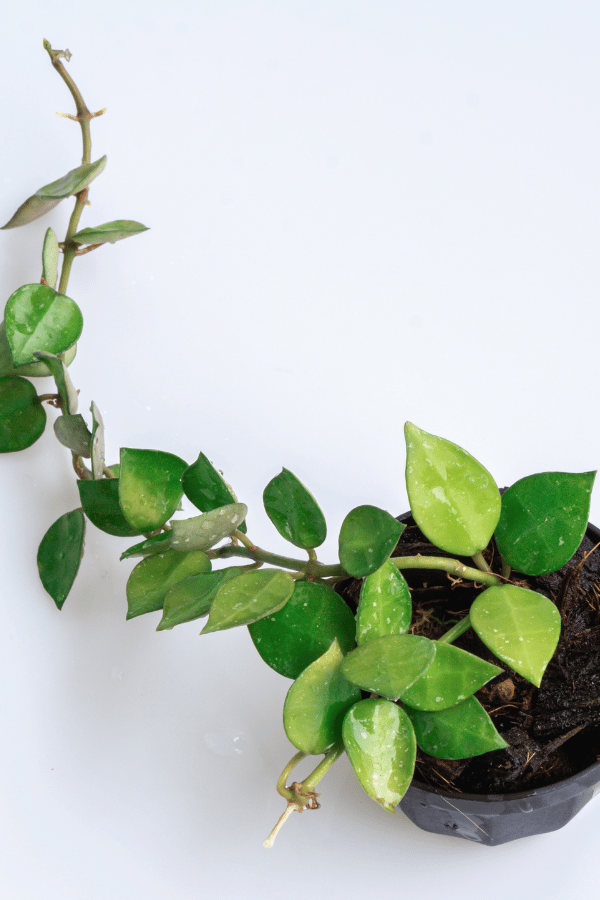
Hoya Krohniana Toxicity
Toxicity to Humans
While not considered toxic to humans, Hoya Krohniana should still not be ingested, as it may cause nausea, vomiting, or other GI discomfort.
Toxicity to Cats & Dogs
Although this plant is not considered toxic to pets, you still should avoid allowing your cat or dog to eat this plant, as it may cause damage to the plant or digestive upset to your pet.
Hoya Krohniana Problems
Hoya Krohniana Leaves Turning Yellow
When the foliage of Hoya Krohniana turns yellow, it is typically due to watering issues, either overwatering or underwatering. Ensure that the soil of your Hoya remains only slightly moist and never allow your plant to sit in excess standing water within the plant container’s drainage tray.
Hoya Krohniana Leaves Turning Brown
The foliage of Hoya Krohniana may turn brown if exposed to too intense direct sunlight. Ensure that you keep your plant protected from the harsh summer sun. If placed near a window, try putting up a sheer curtain to filter some of the light.
Hoya Krohniana Diseases
As this Hoya likes to remain in high humidity and remain moist, it is prone to bacterial, fungal, and mold issues. Therefore, periodically inspect your plant for signs of infection. Upon identifying a plant disease, isolate your plant, and treat it with a fungicide, such as copper.
Hoya Krohniana Pests
Hoya Krohniana may become susceptible to infestation from common indoor houseplant pests such as aphids, mites, mealybugs, and more. Upon identification of an infestation, isolate your plant, and treat it with a pesticide, such as neem oil or insecticidal soap.

